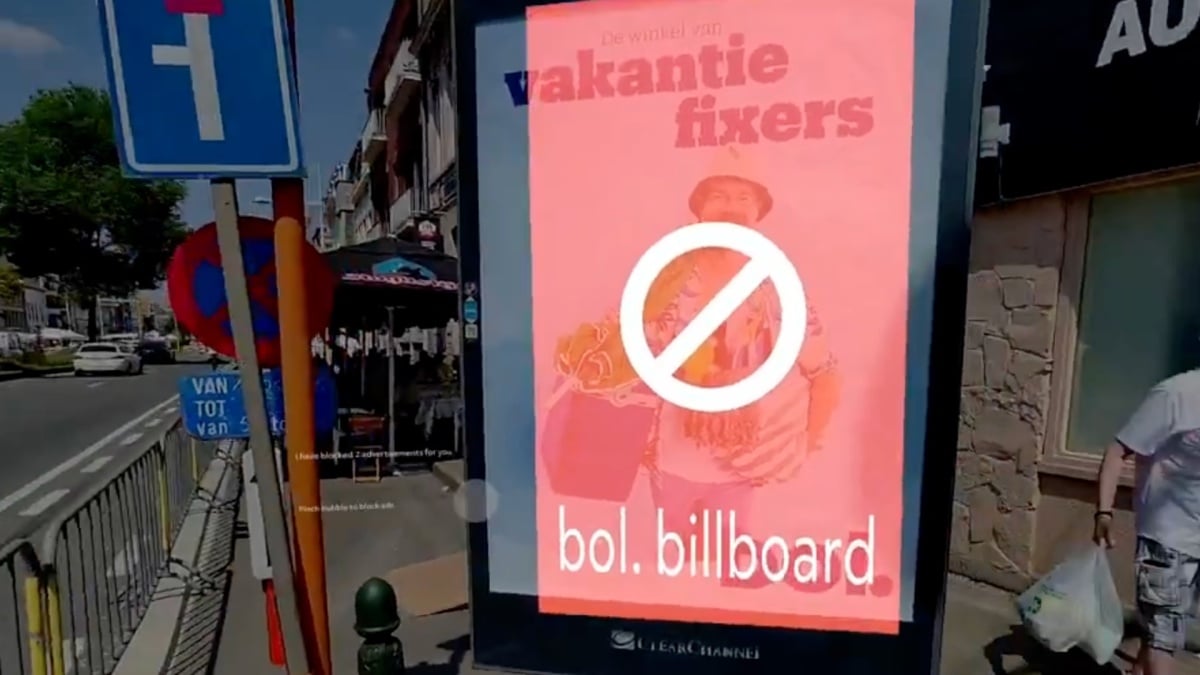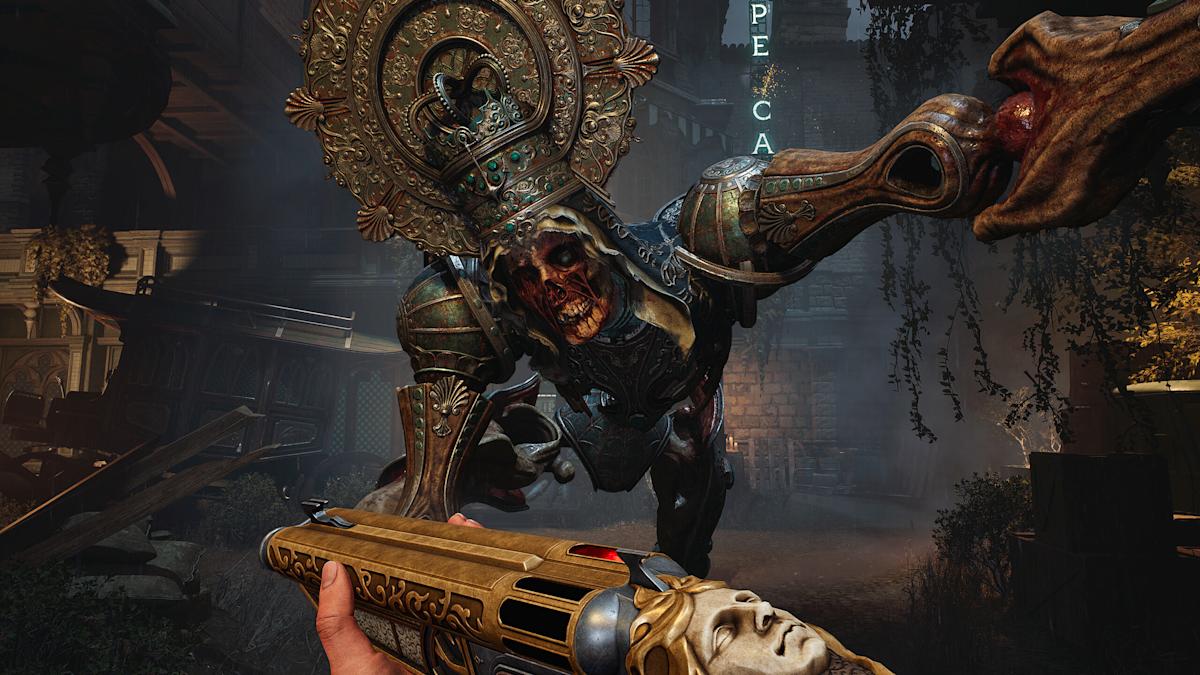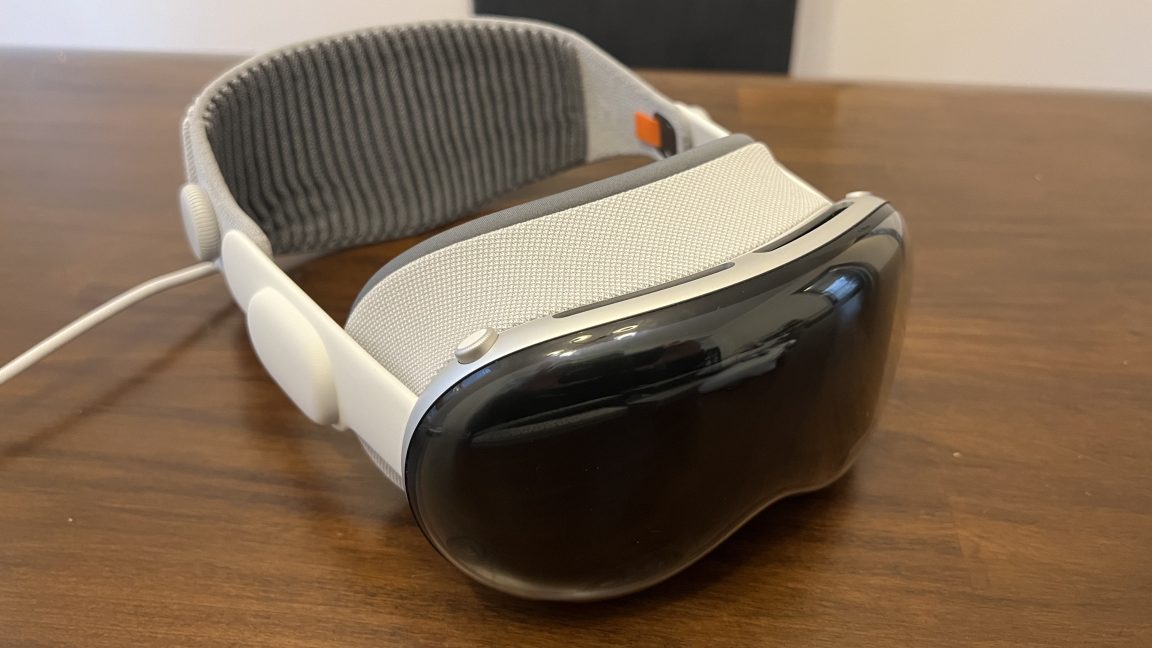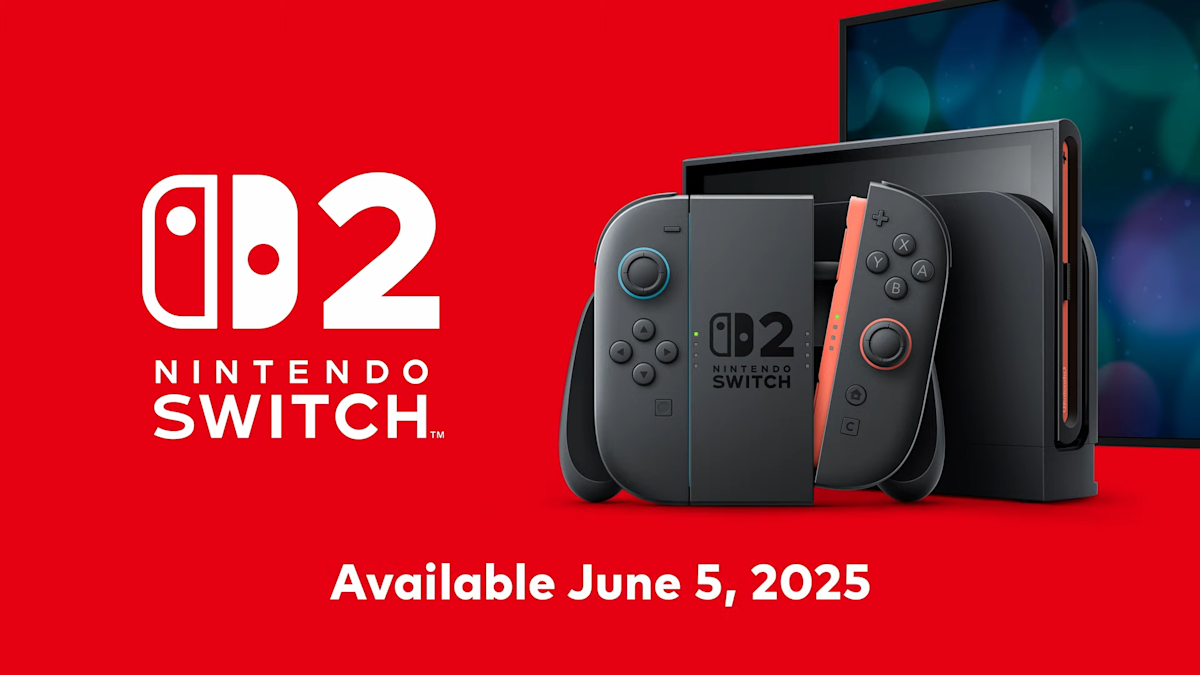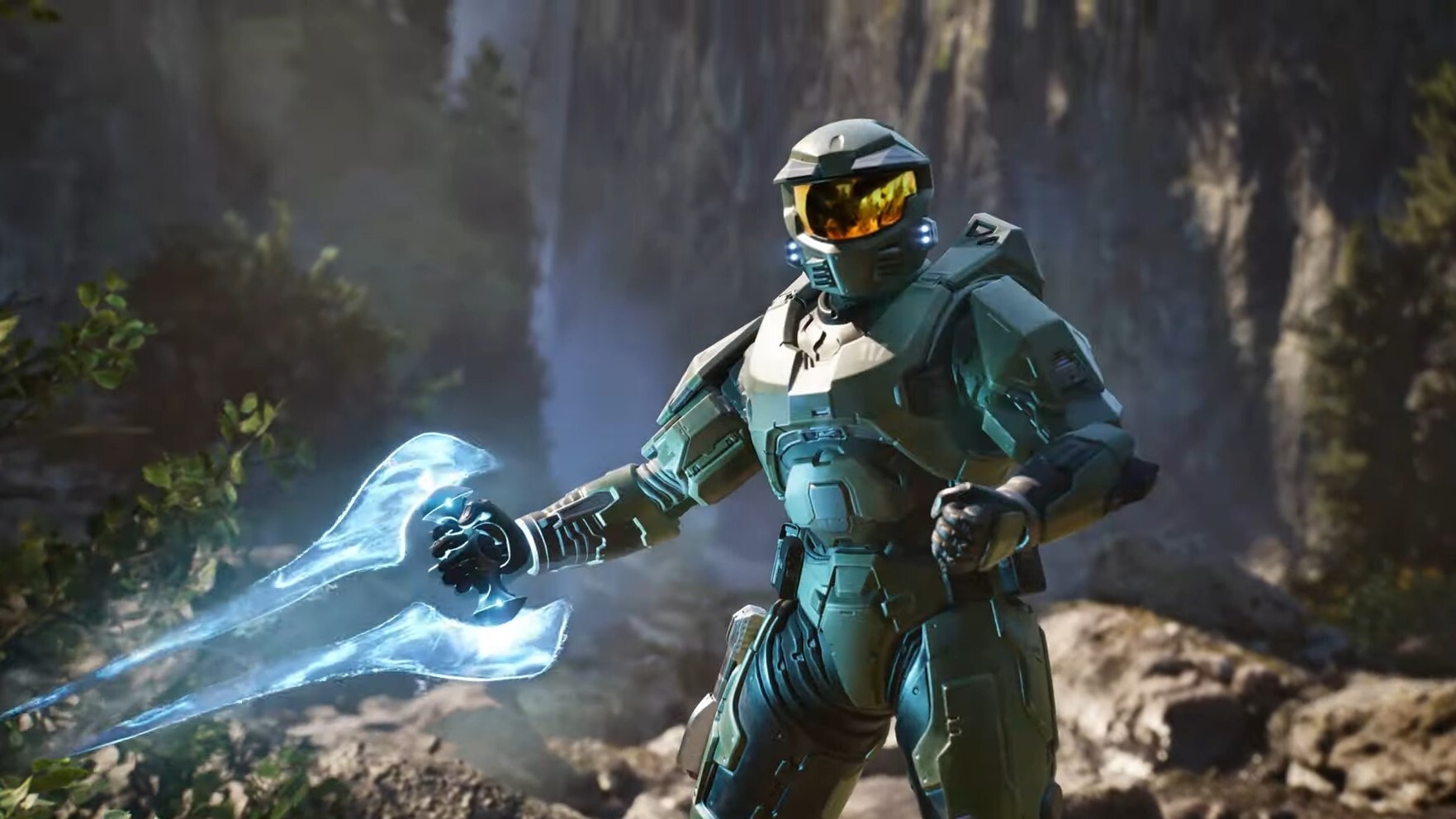Welcome to Video Games Weekly on Engadget. Expect a new story every Monday or Tuesday, broken into two parts. The first is a space for short essays and ramblings about video game trends and related topics from me, Jess Conditt, a reporter who’s covered the industry for more than 13 years. The second contains the video game stories from the past week that you need to know about, including some headlines from outside of Engadget.
Please enjoy — and I’ll see you next week.
June has passed me by in a haze of air travel, mild illness, protests and Pride, and it’s now officially time to close the book on Summer Game Fest 2025. around this year’s show and they’re all worth a read, but before moving on for good, I wanted to highlight a final batch of games that I can’t stop thinking about. This week, I present three mini previews straight out of SGF 2025 — and only two of them are horror games, which is a stupendous display of growth on my part.
Crisol: Theater of Idols
Crisol: Theater of Idols wasn’t on my radar until I sat down and played it at the Blumhouse booth, but now it’s pinging loud and clear, as if the booms were emanating directly from the blood-soaked bowels of Hell. It’s a first-person survival-horror action game set in a demented version of Spain that’s filled with monsters of modern folklore. Murderous marionettes and giant, ornately adorned skeletons hunt you through dark streets and towering gothic buildings, lamplight glinting off of every gross 3D detail. The whole demo felt like getting lost in a terrifying, nightmarish carnival, and I enjoyed every bit of it.
In Crisol, blood is your source of ammunition, and you drain the corpses of humans and chickens to refuel your health bar as well as your guns. Crisol is tense and gorgeous, reminiscent of Dishonored or Resident Evil Village, and enemies are both robust and tricky to evade. Crisol is the debut game from independent Spanish team Vermila Studios, which received an for the project in 2020. It’s being published by Blumhouse and is due out this year on , PlayStation 5 and Xbox Series X/S.
To view this content, you’ll need to update your privacy settings. Please click here and view the “Content and social-media partners” setting to do so.
Grave Seasons
There’s something deeply wrong in Ashenridge, the idyllic rural village where Grave Seasons is set. At first glance, Grave Seasons is a cute, narrative-based farming sim with detailed pixel art, juicy romance options and layers of home-maintenance mechanics. You spend time planting, watering, harvesting, crafting items, picking up trash and chatting with villagers — and then you dig up a severed hand. Pilar, your flirty neighbor who runs the tailor shop down the road, says something ominous about the fate of your house’s previous owner. The vibe shifts; the shadows start to look sinister. Night falls and the real horror is unleashed, sudden, violent and all the more shocking in such a peaceful setting. A supernatural serial killer is on the loose in Ashenridge and, in between planting crops, it’s up to you to investigate (and maybe date) the murderer.
Grave Seasons is a game that will live or die by its tone, and so far, developer Perfect Garbage has absolutely nailed the vibe of nefarious, creeping dread. Ashenridge is a beautiful little town with tons of people to meet and activities to complete, and the character avatars are sexy, sweet and super intriguing. A paranormal murder investigation is simply the cherry on top of a competent farming and dating sim, and I’m eager to take a bite out of the full game. At SGF 2025, developers said the complete Grave Seasons experience should take about 20 hours. Grave Seasons is being published by Blumhouse, and it’s scheduled to hit and consoles in 2026.
To view this content, you’ll need to update your privacy settings. Please click here and view the “Content and social-media partners” setting to do so.
Escape Academy 2: Back 2 School
Escape Academy is of the past five years and I am inordinately stoked for the sequel, which turns the school into an open world of puzzles, riddles and cringey puns. With Escape Academy 2: Back 2 School, developer Coin Crew is going all-in on the student roleplaying vibe, and the entire campus is littered with mysteries. It’s also playable as a split-screen, couch co-op experience, which is one of the series’ greatest strengths. Frantically screaming solutions at your friend just feels better in person than over a Discord call, you know?
I played the original Escape Academy with a local partner, so that’s how I tried out the sequel at SGF 2025. I dragged Engadget EIC Aaron Souppouris to the iam8bit booth and we dove in, starting in a classroom covered in sneaky environmental clues. In Escape Academy 2, the assignment is simple — get out — but the execution is complex, and we were soon throwing out names, dates and math problems, trying to solve a series of tricky, interconnected puzzles and leave the room. After getting just one hint from the developers, we made our way to the hallway, which was lined with locker-based riddles, and eventually reached the headmaster’s office, which was a contained playground of puzzle gaming. We had to use a pen and piece of paper to keep track of a few sections, and overall, our interactions felt fresh. Coin Crew isn’t just rolling out the same problems with different solutions for the sequel, and the new riddles were clever, innovative and super satisfying. (The same can’t be said about all of the puns, but that’s part of the charm.)
Escape Academy 2: Back 2 School features both local and online co-op, so you’ll be free to yell at your friends in whichever format you prefer. Coin Crew is still working on the game and there’s no release date yet, but it’s available now to .
To view this content, you’ll need to update your privacy settings. Please click here and view the “Content and social-media partners” setting to do so.
The news
The only thing worse than not disclosing AI use in the creation of a video game is not disclosing it and then deploying it so sloppily that players immediately notice. Indie developer and publisher 11 Bit Studios learned this lesson firsthand with The Alters, a futuristic base-building game starring an astronaut and his alternate-reality clones. Within a week of the game’s release on June 13, posts started and showing AI-generated text in the game, across multiple languages. On June 30, 11 Bit released a statement confirming its use of AI in developing The Alters, saying it was utilized only in background text and to help with last-minute localization efforts. “No matter what we decided, we should have simply let you know,” the studio wrote.
I’d really love to stop writing headlines like this. Microsoft is preparing to lay off a large number of Xbox employees this week, as part of a planned 3 percent reduction in staff across the company. That’s a loss of roughly 7,000 jobs in total, and according to , Xbox leaders are expecting “substantial cuts across the entire group.” The firings follow a round of at Xbox in January 2024, another , and last year’s of Arkane Austin, Alpha Dog Games and Tango Gameworks (the latter of which lives on under Krafton). Meanwhile, Microsoft reported a net revenue of $25.8 billion in the first three months of 2025, with an 8 percent yearly increase in revenue from Xbox content and services. Congrats?
Netflix started beefing up its video games division around 2021, with the Night School and the rollout of an in-app gaming library offering popular mobile titles at no extra charge to subscribers. Netflix currently supports more than 100 games, including Death’s Door, Hades, The Case of the Golden Idol, The Rise of the Golden Idol, Braid Anniversary Edition, Katana ZERO and the Monument Valley series — but these are disappearing in July. A total of 22 games will be deleted from Netflix at various times in July, and the culling follows similar cutbacks in the company’s interactive division, including the recent closure of an .
Because we know you’re going to get something — what are you picking up at the Steam Summer Sale this year? Share your spoils in the comments! If you’re overwhelmed, allow me to humbly suggest , , or .
On a related note, don’t forget to check out (the nearly complete) Playdate Season 2.
… but it’s definitely not any more. Resident Evil: Requiem producer Masachika Kawata and director Koshi Nakanishi clarified that their new game is an offline single-player experience, but they said that early in development, the team seriously considered making it online and open-world. This experimentation fueled rumors about Requiem introducing a new direction for the Resident Evil franchise, but it turns out the final product will be a with the ability to swap between first- and third-person views. Spooooky.
